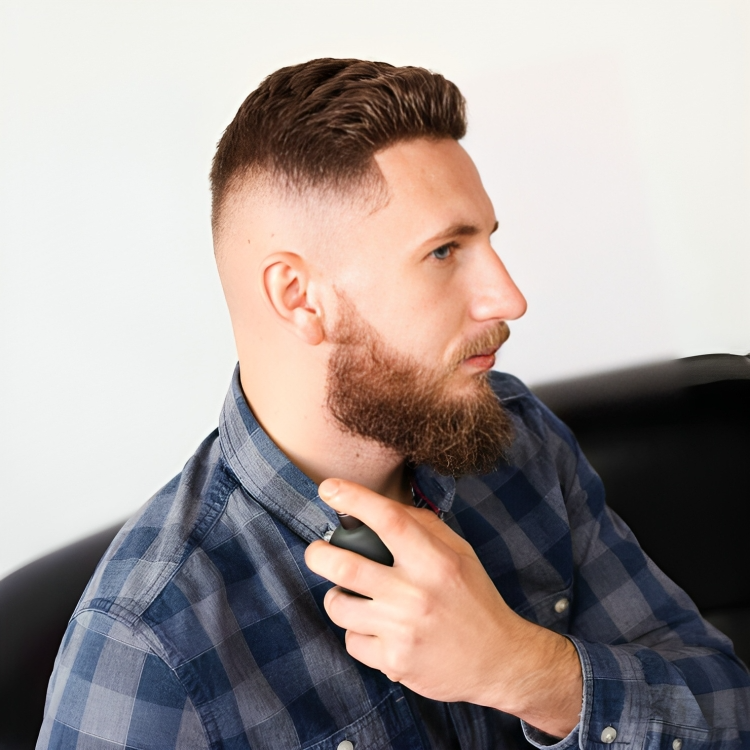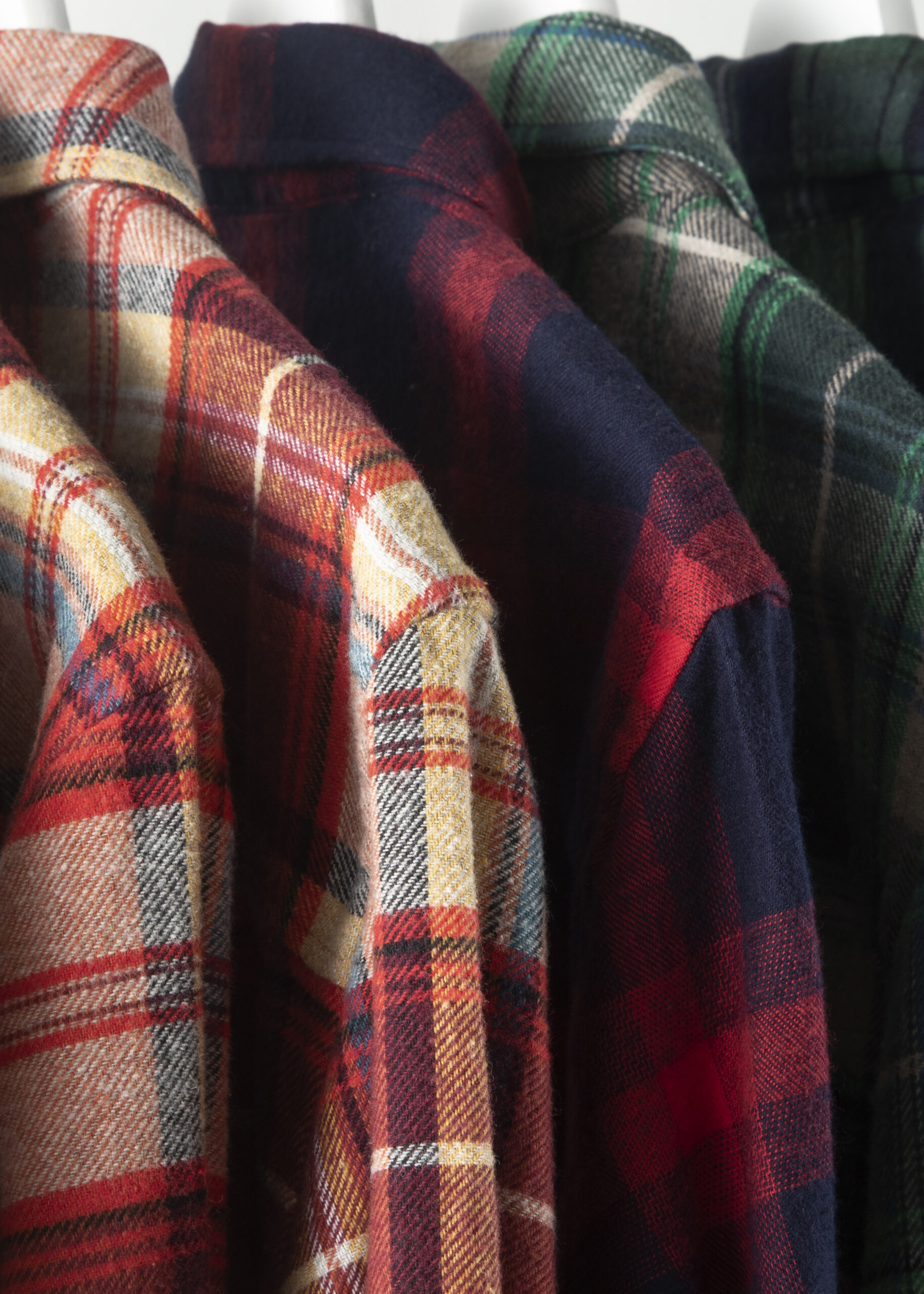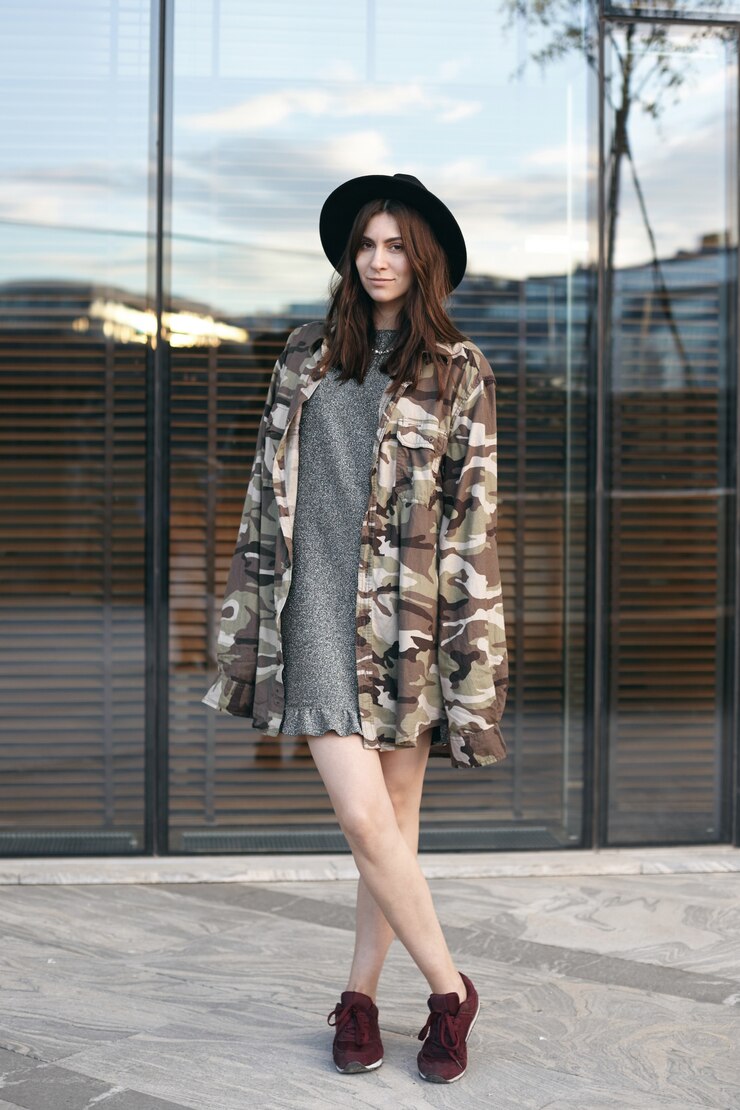Table of Contents
ToggleIntroduction
The low taper fade haircut has become a go-to choice for men seeking a stylish, versatile look. This haircut combines classic barbering techniques with a modern twist, offering a clean yet relaxed style. Its popularity stems from its adaptability to different hair types and face shapes, as well as the added benefit of low maintenance. Let’s dive into what makes the low taper fade stand out and how you can rock this trend.
What Is a Low Taper Fade?
It is a haircut where the hair gradually fades down towards the neckline. Unlike high fades that start closer to the top, the low taper fade starts at the lower part of the head. This style is ideal for those who want a subtle yet polished look that still draws attention. Additionally, the low taper fade complements various hairstyles, from short curls to medium-length waves or straight locks.
Why Choose a Low Taper Fade?
Versatile for Any Occasion
It works for both casual and formal settings, making it an all-around style. Whether you’re attending a business meeting or a night out, this haircut adapts seamlessly. Its clean lines and structured look also bring a sophisticated edge, perfect for making a memorable first impression.
Complements Various Face Shapes
One of the most appealing features of this is its adaptability. This cut complements a wide range of face shapes, especially round, oval, or square faces. The gradual fade adds structure and enhances facial symmetry, highlighting your best features without overwhelming them.
Ideal for Low Maintenance
For men seeking a polished look without daily upkeep, It is an excellent option. The fade naturally grows out in a clean pattern, reducing the frequency of barber visits. Additionally, styling this is straightforward, requiring minimal effort to look sharp each day.
Types of Low Taper Fade Styles
Classic Low Taper Fade
The classic offers a timeless appearance that suits nearly any style preference. This version is simple, with the fade gradually reducing length around the ears and neck. It’s perfect for anyone who wants a subtle and refined look.
Low Taper Fade with Curls
For those with naturally curly hair, It is accentuates texture and volume. The curly top remains the focal point while the fade adds structure, balancing the hairstyle. The contrast between the curls and the fade creates a trendy, eye-catching look that remains easy to maintain.
Low Taper Fade with Waves
If you have wavy hair, consider pairing it with a low taper fade for a sleek finish. This style preserves the natural wave pattern on top while the fade adds sharpness to the sides. The waves add movement, while the fade keeps the look clean and manageable.
Low Taper Fade with Straight Hair
” on straight hair ultimately results in a smooth, streamlined look that exudes sophistication. Additionally, the gradual fade highlights the hair’s natural shine, and it works well with a variety of lengths on top. Overall, this style is ideal for a professional setting or, alternatively, for a clean-cut appearance.”
How to Ask for a Low Taper Fade at the Barber
“When requesting of this, it’s essential to be specific with your barber. To begin, start by mentioning the “low taper fade” and explaining precisely how low you want the fade to begin. Furthermore, you might also share your preference for the type of fade, such as a classic or a curly fade. Additionally, make sure to provide details about the length you desire on top to create a well-proportioned look. Ultimately, a good barber will take your instructions carefully and customize the fade to suit your hair type and style preference.”
How to Maintain a Low Taper Fade
Maintaining a low taper fade requires only a few essential steps:
- Regular Trims: Schedule a trim every two to four weeks to keep the fade sharp and well-defined.
- Moisturize and Condition: Hydrate your hair and scalp to keep them healthy, especially if you have curly or wavy hair.
- Use Light Styling Products: Opt for lightweight gels, creams, or pomades to style without adding too much weight to the hair.
- Avoid Overwashing: Excessive washing can strip natural oils, so wash only when necessary and use a gentle shampoo.
Frequently Asked Questions (FAQs)
1. What Is the Difference Between a Low and High Taper Fade?
It starts closer to the neckline, creating a more subtle effect. In contrast, a high taper fade begins higher on the head, offering a bolder, more dramatic look. The choice depends on your personal style and how pronounced you want the fade to appear.
2. How Long Does a Low Taper Fade Last?
Typically, This is lasts around two to four weeks before needing a touch-up. The duration depends on hair growth rate and personal preferences. Regular trims help maintain the fade’s sharpness and prevent the style from looking overgrown.
3. Is a Low Taper Fade Suitable for All Hair Types?
Yes,It can work with curly, wavy, or straight hair. Its adaptability makes it a popular choice across different hair textures. Your barber can adjust the technique to best complement your hair type.
4. Can I Pair a Low Taper Fade with a Beard?
Absolutely! A pairs well with beards of varying lengths. The fade creates a natural transition between the sideburns and the beard, enhancing overall facial structure. Communicate your beard style to your barber, who can shape the fade to blend seamlessly with your beard.
Conclusion
It has earned its place as a versatile and stylish haircut for modern men. This look combines a polished appearance with minimal maintenance, making it perfect for anyone looking to balance sophistication with practicality. Its adaptability to different hair types and face shapes has made it a top choice among barbers and clients alike. Whether you prefer a classic look, or a bold twist with curls or waves, the low this offers something for everyone











